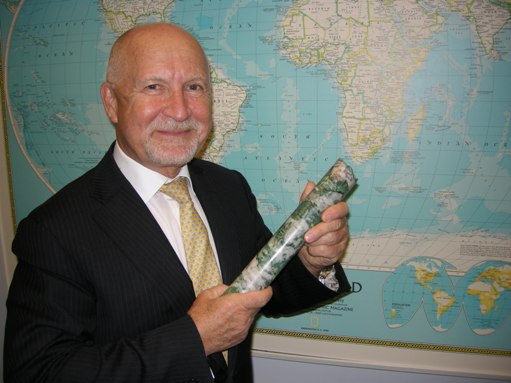
Established in 1980, Northern Ontario Business provides Canadians and international investors with relevant, current and insightful editorial content and business news information about Ontario’s vibrant and resource-rich North. Ian Ross is the editor of Northern Ontario Business ianross@nob.on.ca.
If all goes according to plan, Harte Gold could soon be commissioning the first new mine in the Hemlo gold belt in 30 years. President and CEO Stephen Roman said the high-grade deposit at the company’s Sugar Zone property has open-ended potential that could lead to a new gold camp in northeastern Ontario.
“The project’s really ready to go now,” said Roman, whose Toronto-based junior has a permit in hand to take a massive 70,000-tonne bulk sample by the middle of this year.
The Sugar Zone Property is 60 kilometres east of the Hemlo area gold mines and about 25 km north of White River off the Trans-Canada Highway. Roman comes from good mining stock. His father, Stephen B. Roman, a Canadian Mining Hall of Famer, steered Denison Mines in Elliot Lake for 35 years. But the younger Stephen G. Roman is already a well-established name in Northern Ontario mining circles.























